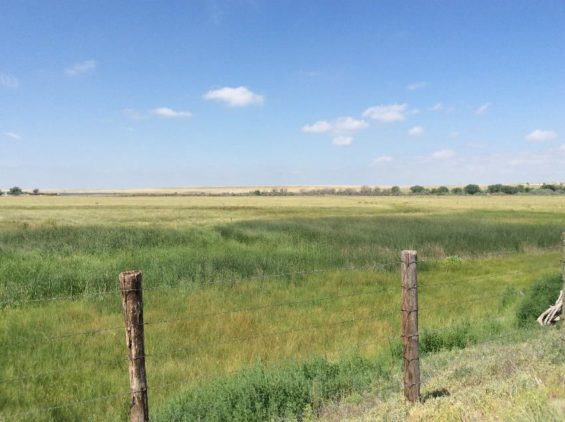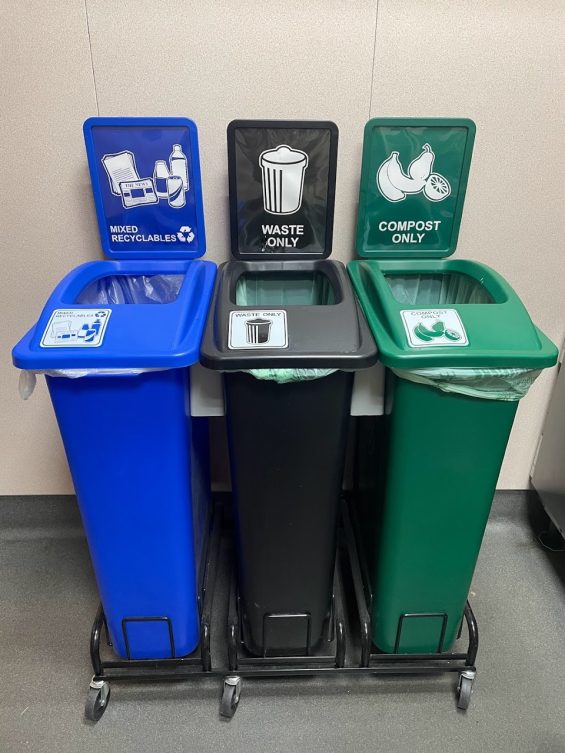Contributing to shared strategies for environmental conservation in the Mekong region
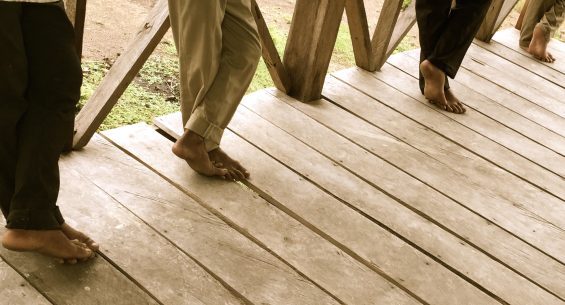
When The McConnell Foundation expanded our International Programs in 2006, Lao PDR was selected as a second country of focus due to need, identified funding gaps, potential for impact, and because many Laos refugees and their descendants call Northern California home.
The McConnell Foundation values collaboration and coordination and it was important to seek out peers in the Mekong region. We joined the informal peer group, the Lower Mekong Funders Collaborative, in 2016 and began participating in the newly formed Lower Mekong Network. Both networks have been fruitful for supporting trust-based collaboration, knowledge sharing, and increased impact.
Lower Mekong Funders Collaborative:
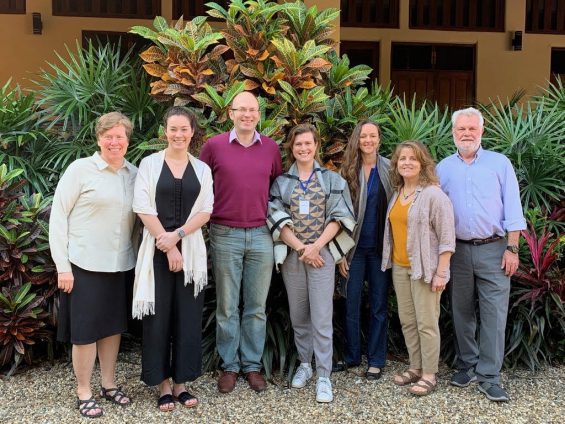
In 2009, the MacArthur Foundation, Margaret A. Cargill Foundation, and the McKnight Foundation started meeting informally to share information and discuss grantmaking strategy for the lower Mekong region. In 2010 the Critical Ecosystem Partnership Fund (CEPF) joined this funders group to discuss common interests. Subsequently, the four donors agreed to fund an update of the Indo-Burma ecosystem profile initially conducted by CEPF. The ecosystem profile presents an overview of the Indo-Burma Hotspot in terms of biodiversity conservation and civil society contexts and was completed in 2011. It serves as a roadmap for conservation efforts in the region and situates individual funding priorities (of the initial four grantmakers) as a touchpoint for how each foundation’s individual efforts align.
In 2015, the funders group began exploring how the mutually beneficial joint meetings could be expanded and deepened to leverage the cross-regional, cross-discipline expertise of the grantees, to increase impact, support regional coherence and explore efficiencies. The Lower Mekong Funders Collaborative and partners in the region co-created the Shared Situational Analysis in 2018, steered by CEPF.
Since then, the Collaborative membership has changed and grown and remains focused on 1) identifying priority needs, opportunities, and funding gaps in the lower Mekong region, 2) sharing pertinent resources and information, and 3) supporting collaboration among grant partners in the region. Member funder organizations rotate hosting an annual in-person meeting and bi-annual virtual updates.
Lower Mekong Network
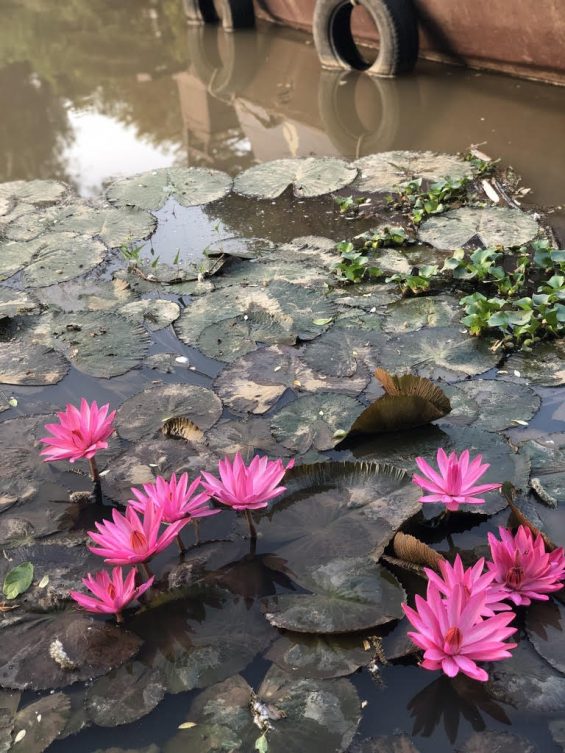
The purpose of the Lower Mekong Network (LMN) is to provide a platform on which to build common understanding; to learn, share, and discuss strategies; to pursue common purposes and address common challenges so that each individual organization’s position will be strengthened, aiding them in achieving their goals in the Lower Mekong region.
The LMN includes organizations taking a range of approaches on environmental issues from research to advocacy to livelihoods support, and from conservation to human rights based approaches and community organizing. The network centers a community rights and human rights based approach in work on environmental issues.
A great benefit of the Network is the opportunity for nonprofit leaders to talk informally with peers across the region, build trust, and support one another, as well as the opportunity to collaborate across local NGOs, INGOs, and funder organizations. The Network is governed by a working group of members that strives to achieve a balance across gender, nationality, indigenous peoples, and type of organization.
Lower Mekong Network Vision:
People are in harmony with nature, our natural ecosystems thrive, destruction of ecosystems has stopped, ecosystems are restored and protected with inclusion of local governance and stewardship of resources and economies are vibrant, resilient, sustainable, and inclusive.
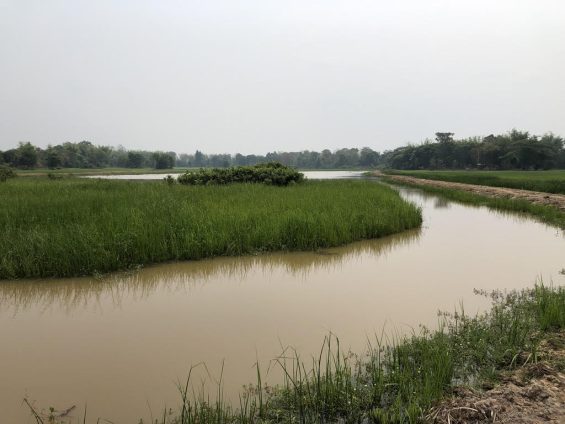
For more information:
CONTACT US

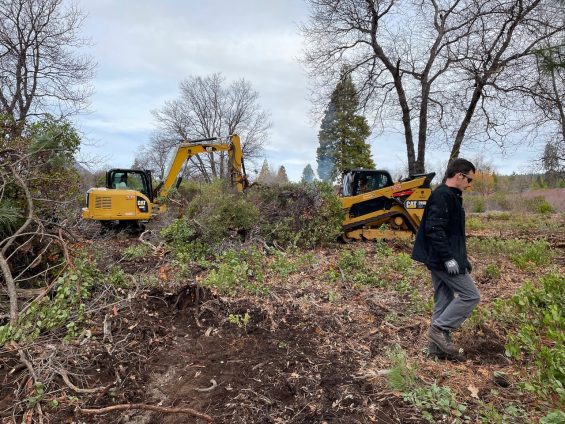 The McConnell Foundation is supporting communities in our giving area to develop and implement wildfire mitigation projects. Northern California is at high risk of potential wildfire impacts due to intensifying extremes, and recent high-severity wildfire activity is causing significant and long-term damage to natural ecosystems and communities at unprecedented scale and frequency. In a region where community resiliency is often tied to ecosystem health, the Foundation seeks to implement wildfire mitigation projects that will have beneficial outcomes for communities and natural ecosystems.
The McConnell Foundation is supporting communities in our giving area to develop and implement wildfire mitigation projects. Northern California is at high risk of potential wildfire impacts due to intensifying extremes, and recent high-severity wildfire activity is causing significant and long-term damage to natural ecosystems and communities at unprecedented scale and frequency. In a region where community resiliency is often tied to ecosystem health, the Foundation seeks to implement wildfire mitigation projects that will have beneficial outcomes for communities and natural ecosystems.
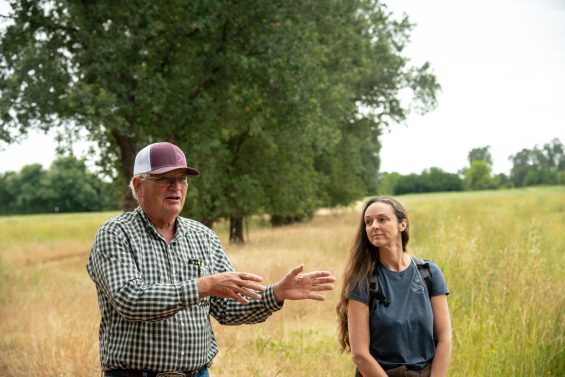 Agriculture, by nature, is in lock-step with a sense of place. In Shasta County that means a hot-summer Mediterranean climate, with a capital “H” on Hot. Beyond limited patches of irrigated pasture and cropland, agriculture in this area takes place primarily on semi-arid rangelands where water scarcity, wildfire, and seasonal temperature swings drive the photosynthetic capacity of the plant communities. In response, the local agricultural industry is dominated by livestock and bee-keeping operations.
Agriculture, by nature, is in lock-step with a sense of place. In Shasta County that means a hot-summer Mediterranean climate, with a capital “H” on Hot. Beyond limited patches of irrigated pasture and cropland, agriculture in this area takes place primarily on semi-arid rangelands where water scarcity, wildfire, and seasonal temperature swings drive the photosynthetic capacity of the plant communities. In response, the local agricultural industry is dominated by livestock and bee-keeping operations.
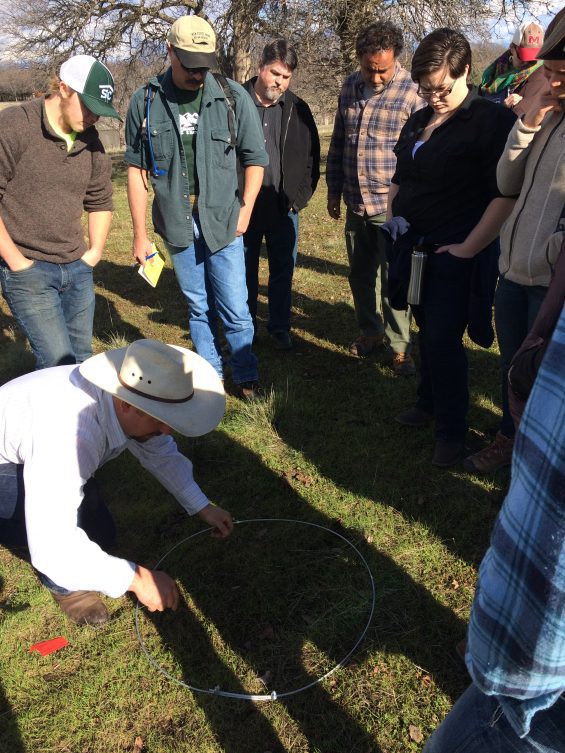
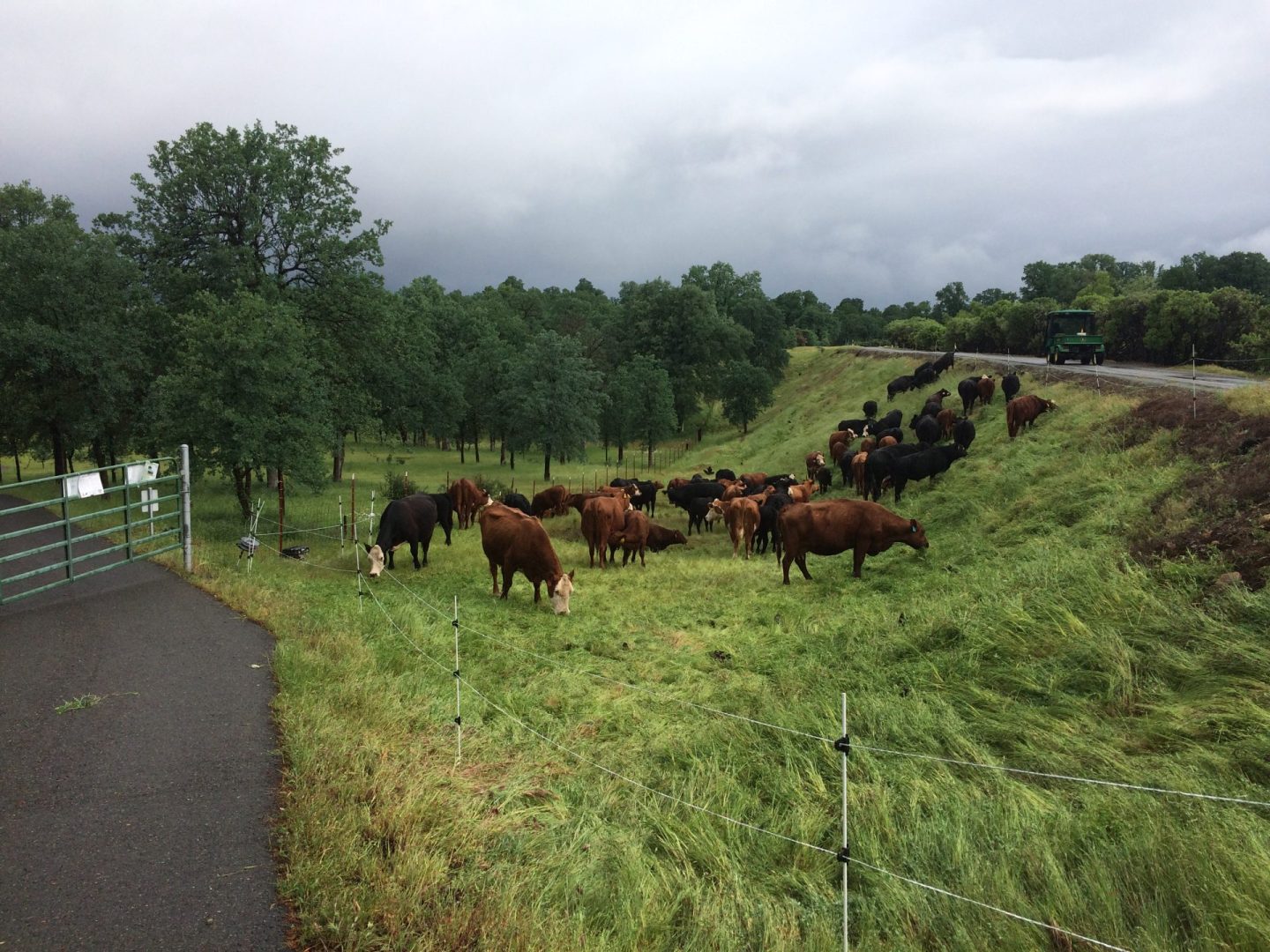
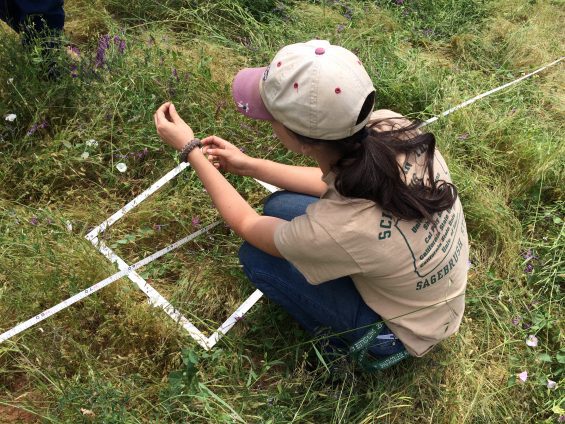
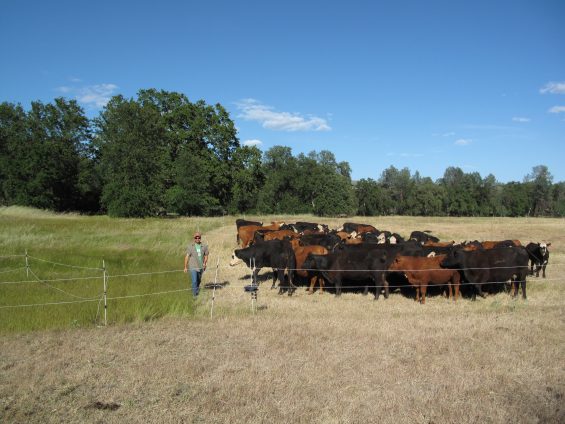
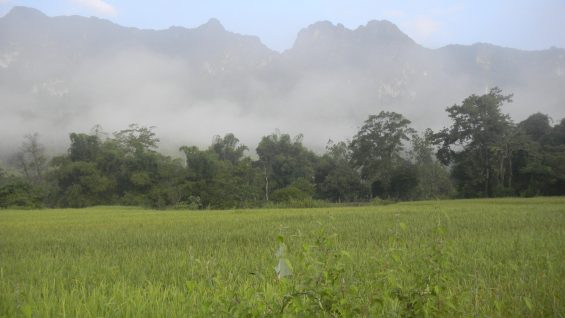
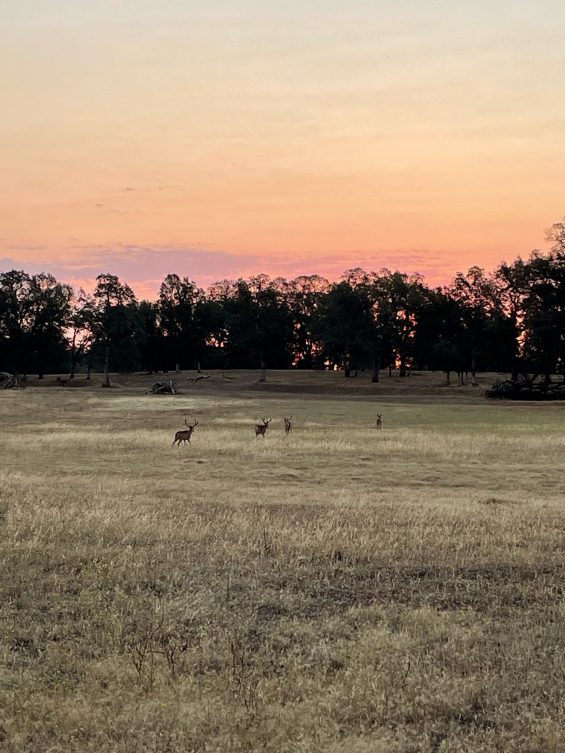 Today the need for land conservation is more urgent than ever. California’s privately-owned open spaces and agricultural lands are under intense pressure from development, growing urban sprawl, and inefficient use of land.
Today the need for land conservation is more urgent than ever. California’s privately-owned open spaces and agricultural lands are under intense pressure from development, growing urban sprawl, and inefficient use of land. 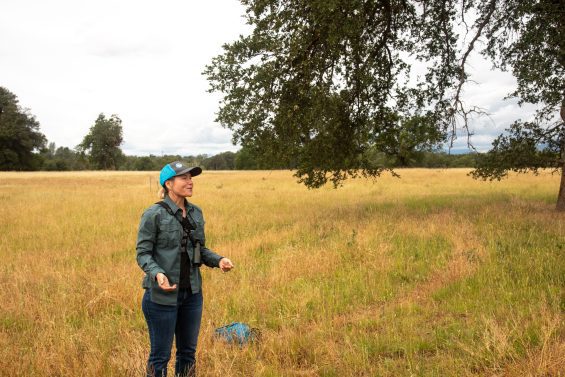
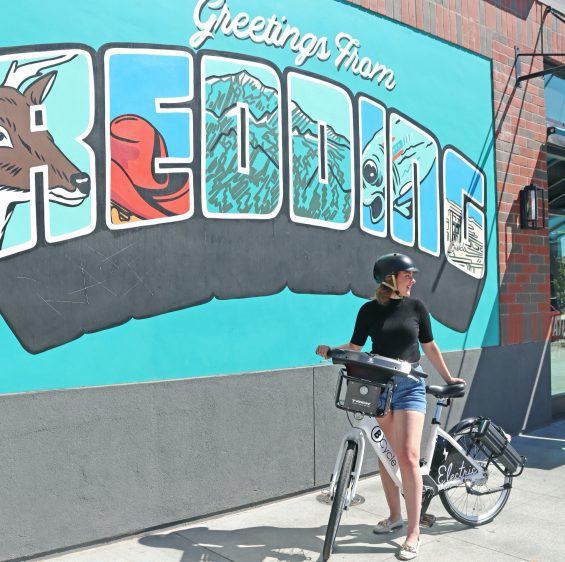 The McConnell Foundation knows that clean mobility and alternative transportation options are critical to a sustainable community. Shasta Living Streets (SLS) is a long-term grantee that imagines Downtown Redding as the center hub of a connected city — a people-friendly, walkable, bikeable district with vibrant public places and smart-city amenities. SLS is developing the Shasta Bike Depot and Redding’s first e-bikeshare program.
The McConnell Foundation knows that clean mobility and alternative transportation options are critical to a sustainable community. Shasta Living Streets (SLS) is a long-term grantee that imagines Downtown Redding as the center hub of a connected city — a people-friendly, walkable, bikeable district with vibrant public places and smart-city amenities. SLS is developing the Shasta Bike Depot and Redding’s first e-bikeshare program.

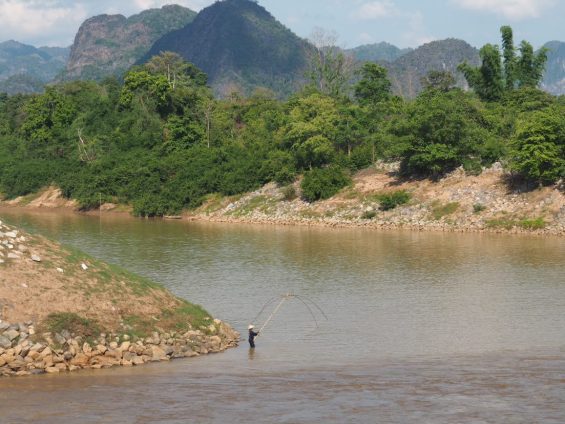 Although Lao PDR is a Least Developed Country (LDC), it is rich in natural resources, especially water. River ecosystems in Lao PDR provide a range of benefits critical to people and wildlife, and healthy river systems are vital for Lao PDR’s socioeconomic development. However, rapid economic growth and increasing reliance on natural resource extraction in the country, has put pressure on the environment, particularly the country’s water resources. Major issues contributing to the degradation of water resources include construction and operation of hydropower projects, mining operations, increasing use of agrochemicals, and inadequate municipal landfills leading to more waste entering waterways (Mekong River Commission, 2016; Chea et. al. 2016; Lida et. al. 2011). The increase in adverse effects caused by natural resource exploitation has been recognized by the Government of Lao PDR as a serious threat to the sustainable development of the country.
Although Lao PDR is a Least Developed Country (LDC), it is rich in natural resources, especially water. River ecosystems in Lao PDR provide a range of benefits critical to people and wildlife, and healthy river systems are vital for Lao PDR’s socioeconomic development. However, rapid economic growth and increasing reliance on natural resource extraction in the country, has put pressure on the environment, particularly the country’s water resources. Major issues contributing to the degradation of water resources include construction and operation of hydropower projects, mining operations, increasing use of agrochemicals, and inadequate municipal landfills leading to more waste entering waterways (Mekong River Commission, 2016; Chea et. al. 2016; Lida et. al. 2011). The increase in adverse effects caused by natural resource exploitation has been recognized by the Government of Lao PDR as a serious threat to the sustainable development of the country.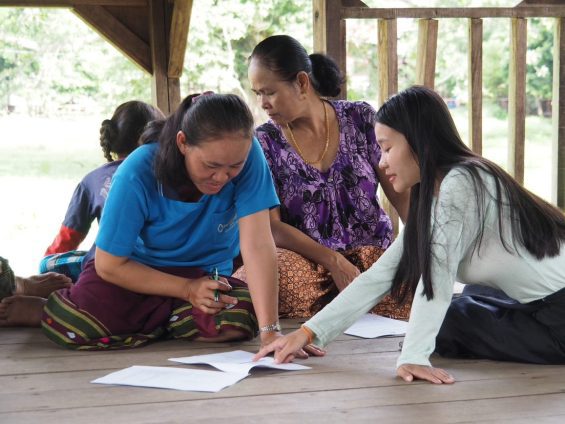 The Integrated Water Resource Management (IWRM) approach has evolved over the last two decades and encourages planning to holistically evaluate competing uses of water resources, to ensure that changes in water use in one area will not have a negative impact on water users downstream. The Lao Government has acknowledged the benefits of taking an IWRM approach. Due to a lack of human resources and capacity, the government has also indicated there is a lack of publicly available information on the impact of development on water resources, what mitigation measures have been used, and effectiveness of these measures.
The Integrated Water Resource Management (IWRM) approach has evolved over the last two decades and encourages planning to holistically evaluate competing uses of water resources, to ensure that changes in water use in one area will not have a negative impact on water users downstream. The Lao Government has acknowledged the benefits of taking an IWRM approach. Due to a lack of human resources and capacity, the government has also indicated there is a lack of publicly available information on the impact of development on water resources, what mitigation measures have been used, and effectiveness of these measures.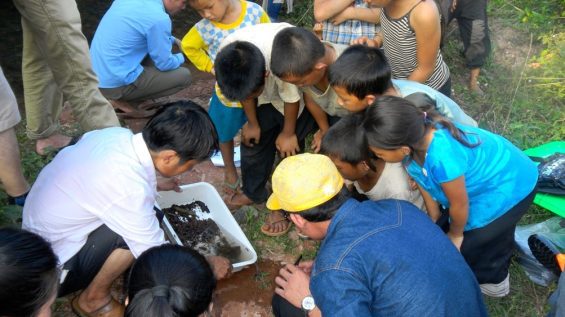 The CRBM project has three primary components: 1) Capacity building for the GoL (provincial, district and village level) and communities to identify the information and criteria needed for river basin management, collect data on these criteria, and use the data as part of a transparent and equitable river basin planning and management approach; 2) Increased public participation in the development of local water management by linking communities, local government, and civil society members as part of a Healthy River Network; and 3) Support for the design and implementation of village-level water resources projects, such as wetland improvements, training on organic agriculture, improved waste management, and green infrastructure projects to build community resilience against climatic hazards and climate change. An innovative aspect to this third component is that TAF will train/mentor local water managers to integrate more green infrastructure solutions as a complement to existing and planned built (“grey”) infrastructure. This may include wetland enhancements, re-vegetating riparian zones, and using fences made from living trees and shrubs (live fencing) for riverbank erosion control.
The CRBM project has three primary components: 1) Capacity building for the GoL (provincial, district and village level) and communities to identify the information and criteria needed for river basin management, collect data on these criteria, and use the data as part of a transparent and equitable river basin planning and management approach; 2) Increased public participation in the development of local water management by linking communities, local government, and civil society members as part of a Healthy River Network; and 3) Support for the design and implementation of village-level water resources projects, such as wetland improvements, training on organic agriculture, improved waste management, and green infrastructure projects to build community resilience against climatic hazards and climate change. An innovative aspect to this third component is that TAF will train/mentor local water managers to integrate more green infrastructure solutions as a complement to existing and planned built (“grey”) infrastructure. This may include wetland enhancements, re-vegetating riparian zones, and using fences made from living trees and shrubs (live fencing) for riverbank erosion control.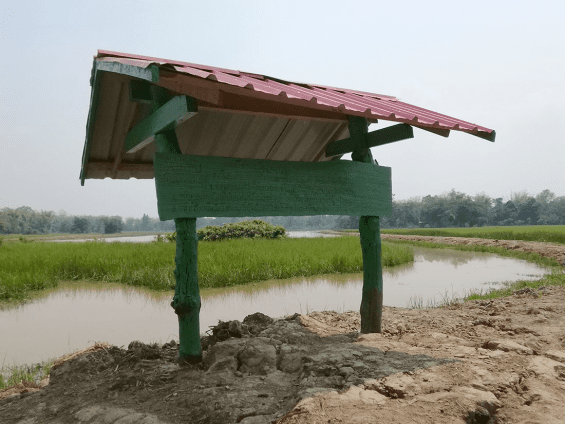
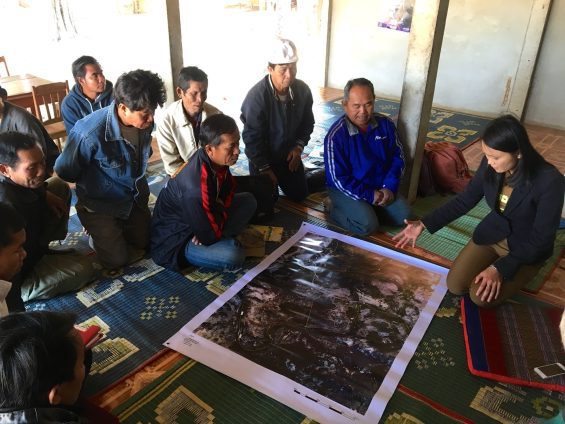
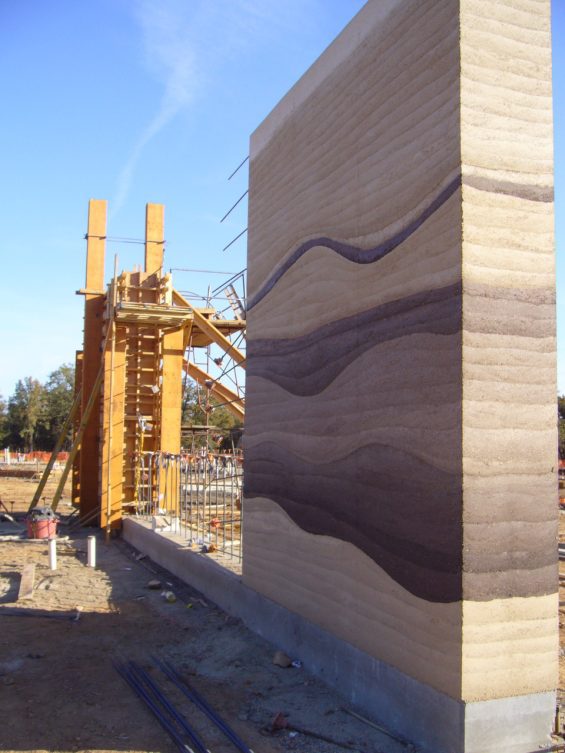
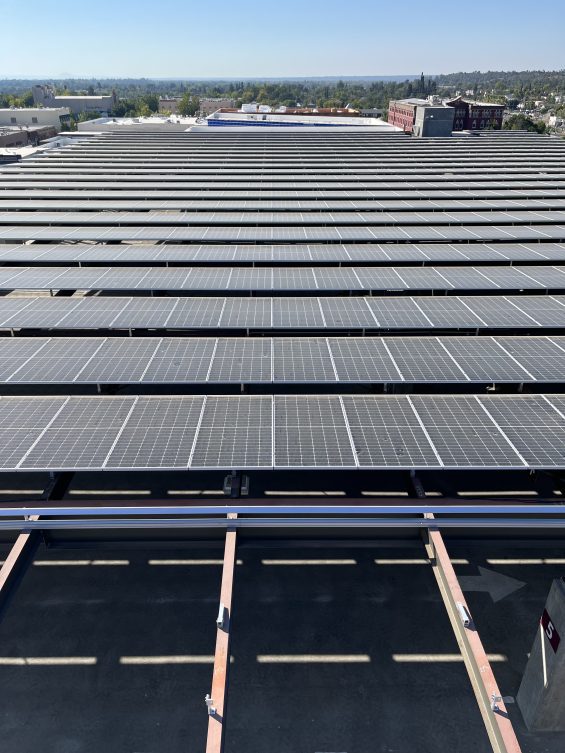 In June of 2018, The McConnell Foundation & K2 Development Companies were awarded $20 million through the Strategic Growth Council’s Affordable Housing and Sustainable Communities (AHSC) Program to support the development of the Block 7 Net Zero Housing and Downtown Activation Project, now known as California Place. The AHSC program supports developments that make it easier to drive less by ensuring housing and jobs are accessible by walking, biking and transit. These efforts have led to a more sustainable and resilient downtown.
In June of 2018, The McConnell Foundation & K2 Development Companies were awarded $20 million through the Strategic Growth Council’s Affordable Housing and Sustainable Communities (AHSC) Program to support the development of the Block 7 Net Zero Housing and Downtown Activation Project, now known as California Place. The AHSC program supports developments that make it easier to drive less by ensuring housing and jobs are accessible by walking, biking and transit. These efforts have led to a more sustainable and resilient downtown.
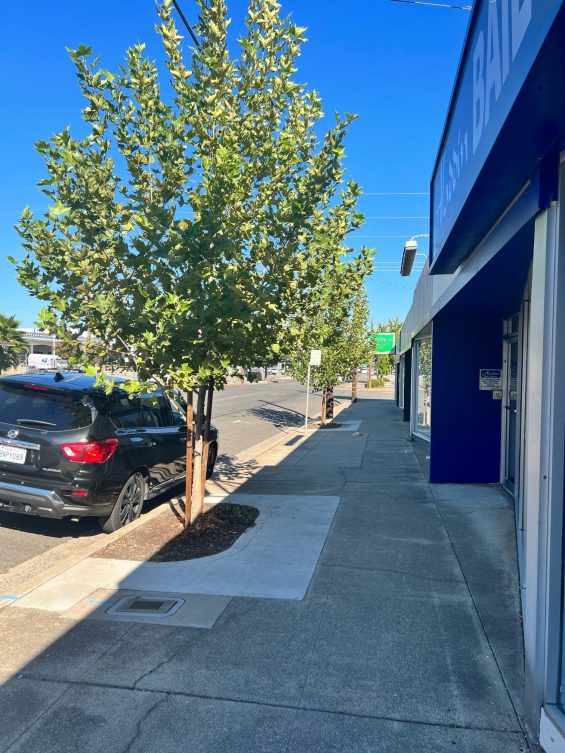 In Redding, there are regularly more than 70 days of 100-degree temperatures or greater per year. As an investment toward meeting our livability goals in downtown, nearly 120 shade trees were planted beginning in 2020, mainly in an area bordered by Court and East streets, and Trinity and South streets (“Regrow Redding Urban Forestry” project). When the trees reach full maturity, they will bring relief from the summer sun to downtown visitors and workers. The goals of the project, which has been years in the works, include reducing greenhouse gas emissions, sequestering carbon and enhancing groundwater infiltration.
In Redding, there are regularly more than 70 days of 100-degree temperatures or greater per year. As an investment toward meeting our livability goals in downtown, nearly 120 shade trees were planted beginning in 2020, mainly in an area bordered by Court and East streets, and Trinity and South streets (“Regrow Redding Urban Forestry” project). When the trees reach full maturity, they will bring relief from the summer sun to downtown visitors and workers. The goals of the project, which has been years in the works, include reducing greenhouse gas emissions, sequestering carbon and enhancing groundwater infiltration.
